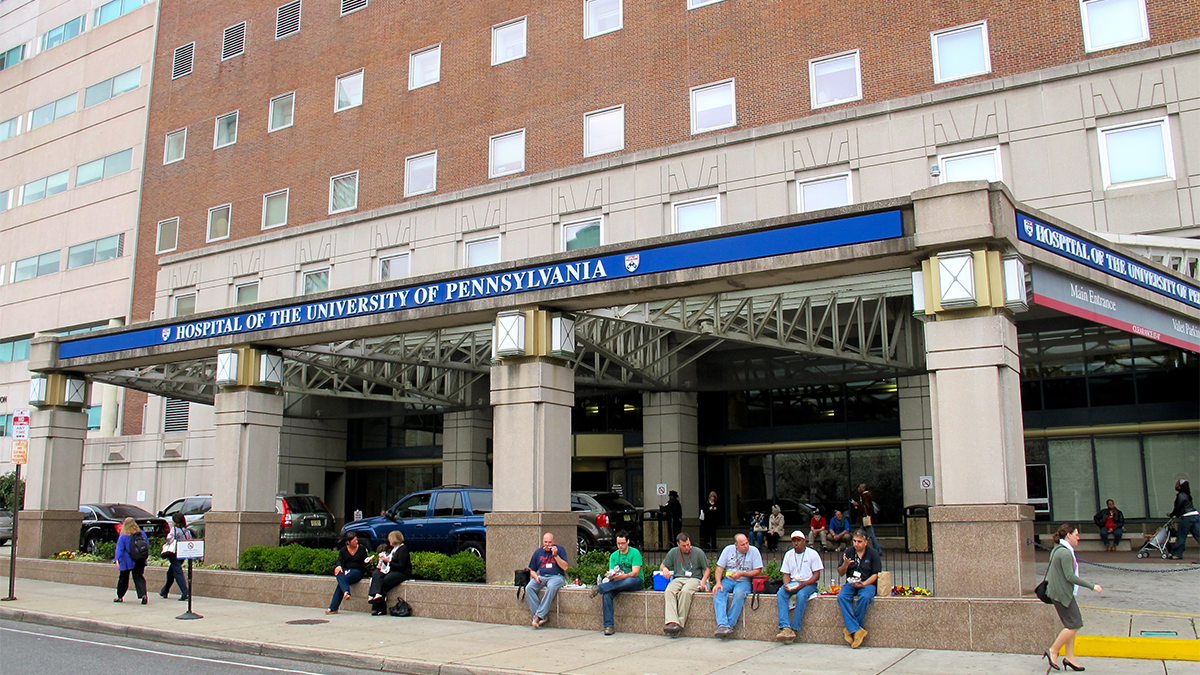Pennsylvania hospitals lower mortality, readmission rates

In a performance review by an independent state agency, Philadelphia hospitals generally outperformed others on mortality, but were less successful with readmission metrics. (Ashley Hahn/PlanPhilly)
Over five years, hospitals across Pennsylvania have reduced the number of deaths and cut down on costly readmissions, according to a new report by the Pennsylvania Health Care Cost Containment Council.
Between 2009 and 2014, mortality rates declined for 10 of 16 conditions, and readmissions fell for seven of 13 conditions. Every acute care hospital in the state was evaluated.
While the findings were generally positive, the report noted a statewide rise in chest pain readmissions and a small hike in the death rate from fainting and some cases of heart attack.
For saving lives, Philadelphia generally came out on top.
“When we look at things like mortality rates,” said council director Joe Martin, “southeastern Pennsylvania outperformed the rest of the state by a fairly hefty margin.”
For 10 of 16 analyzed conditions, including pneumonia and kidney failure, the Philadelphia area had significantly lower in-hospital mortality rates. The most striking improvement in mortality, as for the entire state, was for septicemia or blood infection.
“Over the course of the last five years, the rate of mortality for septicemia cases in southeastern Pennsylvania dropped from 20.5 percent to 10.8 percent,” said Martin Ciccocioppo, vice president of research at the Hospital and Healthsystem Association of Pennsylvania. “That’s almost a 50 percent drop in the rate of morality for these very difficult-to-treat cases.”
It’s not clear why hospitals had such success with septicemia survival. Martin said there was also an increase in the number of cases, and it’s possible those might have been less serious.
But Lynda Martin, director of clinical quality for the association, said that over the last several years, there had been a targeted effort to reduce infections.
“Individual hospitals have made septicemia and severe sepsis a big priority because of the devastating effects,” she said.
Area institutions also bested other regions in limiting the number of diabetes-related readmissions. But for stroke, COPD, and chest pain, too many patients came back within 30 days of being discharged; those rates were the highest in the state.
Readmissions and hospital-acquired infections are increasingly being considered critical indicators of quality, with the government withholding funds from hospitals with significant problems. Earlier this month, Medicare fined seven Philadelphia hospitals for poor patient safety, and will be withholding 1 percent of its payments for 2016.
WHYY is your source for fact-based, in-depth journalism and information. As a nonprofit organization, we rely on financial support from readers like you. Please give today.

